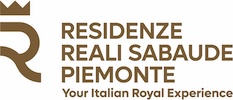By virtue of its long horse breeding tradition, this area became the preferred hunting estate of the first King of Italy.
To this end, the Park was fenced by a wall and the royal architects Barnaba Panizza and Domenico Ferri were commissioned the construction of all the facilities that would allow the ruler to practice his favorite hobby, hunting, in full comfort.
The beautiful Royal Apartments that are visible today were built in front of the Castle, which was the most significant building present in the Park.
The apartments consist of 20 rooms that offer insights into the choices and the tastes of the king. Now open to the public, they paint an intriguing portrait of this charismatic figure of the Italian Risorgimento. It was at the Castle of La Mandria that the king spent part of his personal life with his morganatic wife, Rosa Vercellana (known as “Bela Rosin”), who was made Countess of Mirafiori and Fontanafredda.
Following the king’s death, the Park, the Castle and all the hunting facilities were sold between 1882 and 1887 to the Medici del Vascello family. With them the territory underwent a new phase of development until 1976, when the Regional Government purchased the Park with its environmental and architectural heritage and set up a Managing Authority (Ente di Gestione del Parco Regionale La Mandria) in 1978.
Since 1997 the Castle of La Mandria, along with the other Royal Residences of Savoy in Piedmont, was enlisted as a World Heritage site by UNESCO.

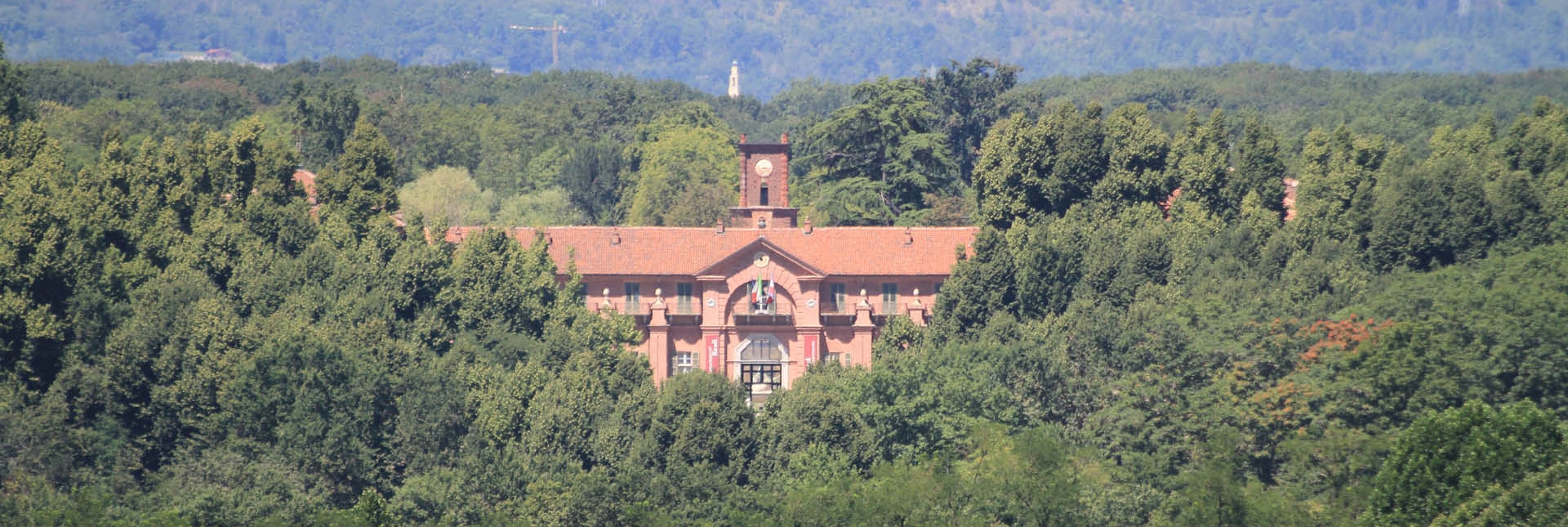
.jpg)
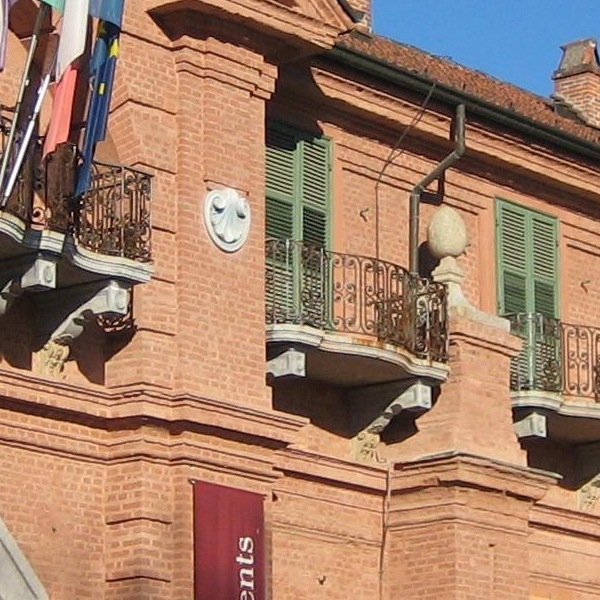
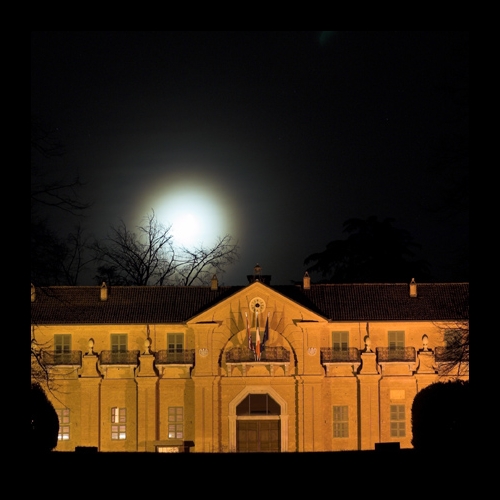
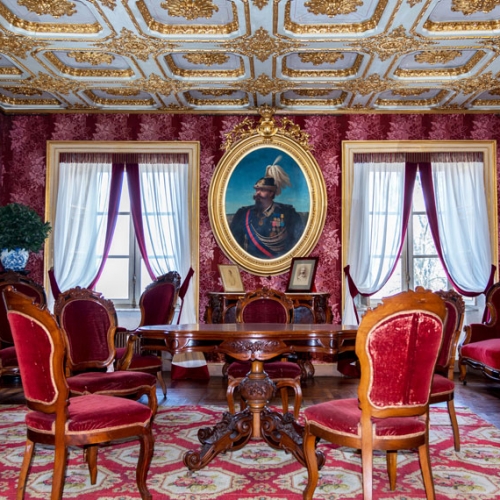



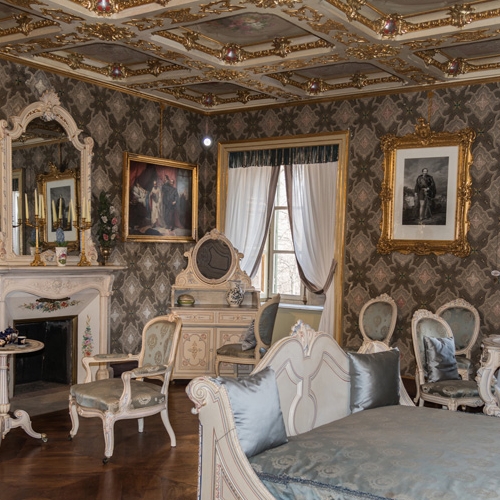
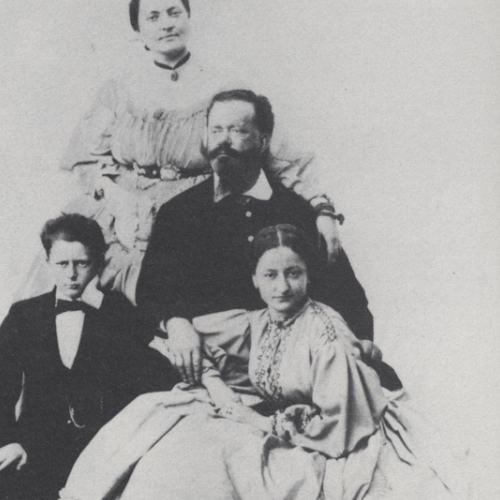


 Tickets
Tickets